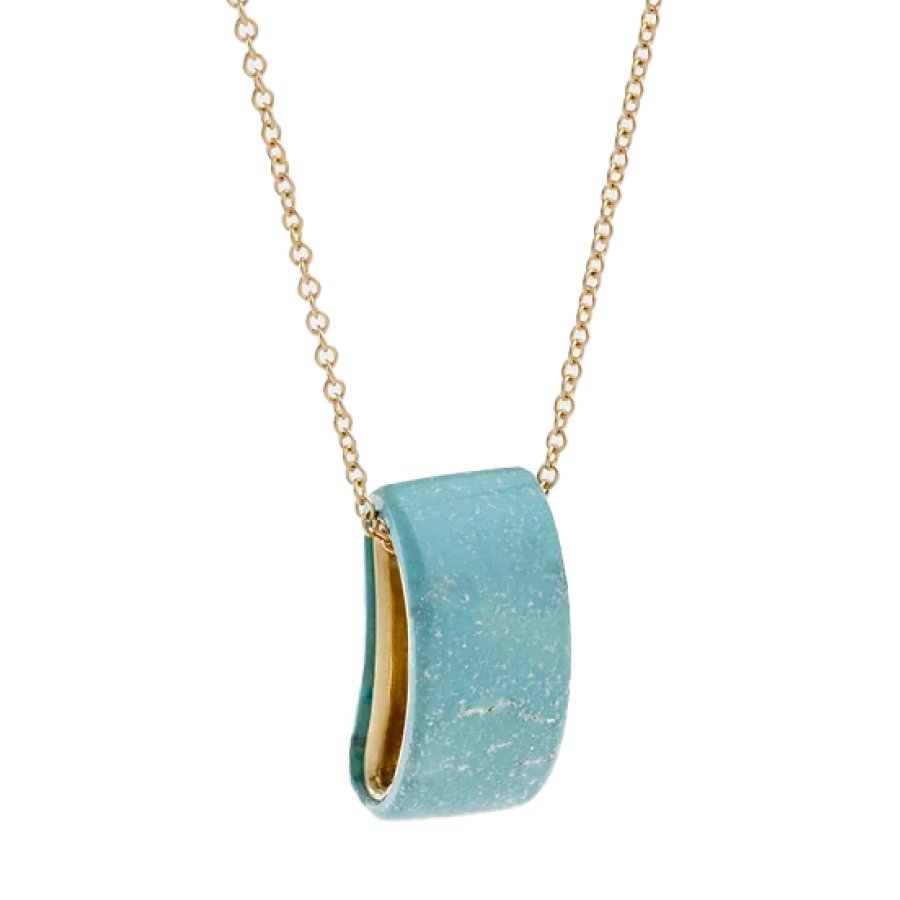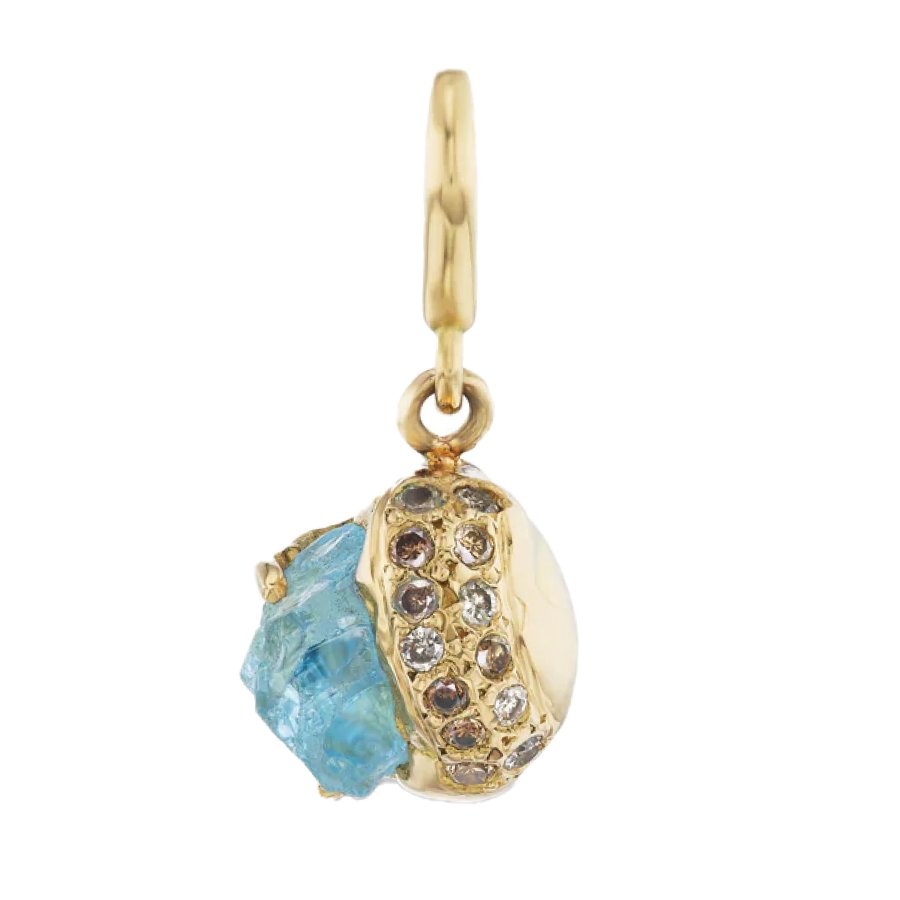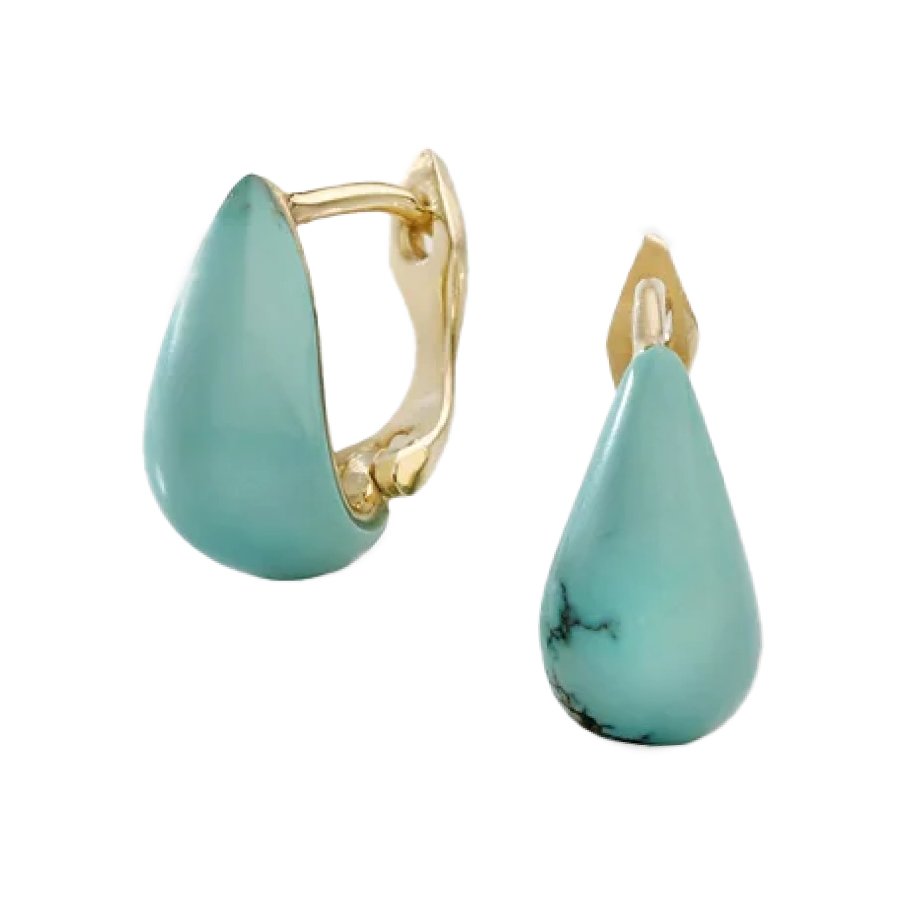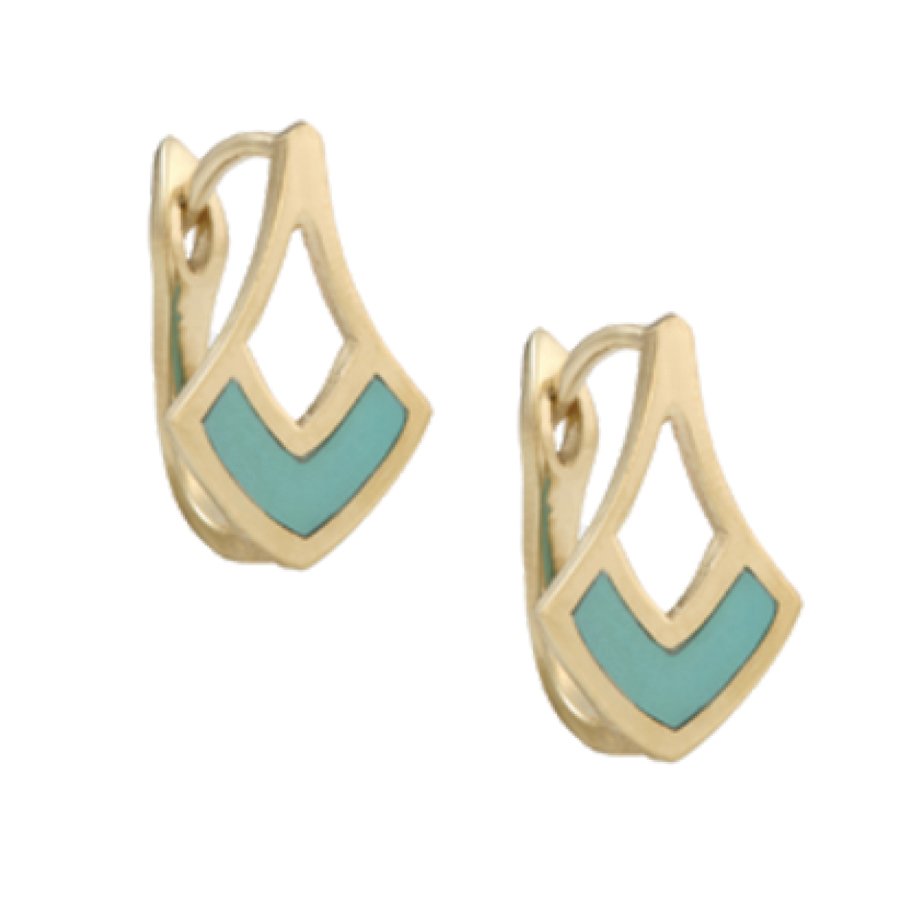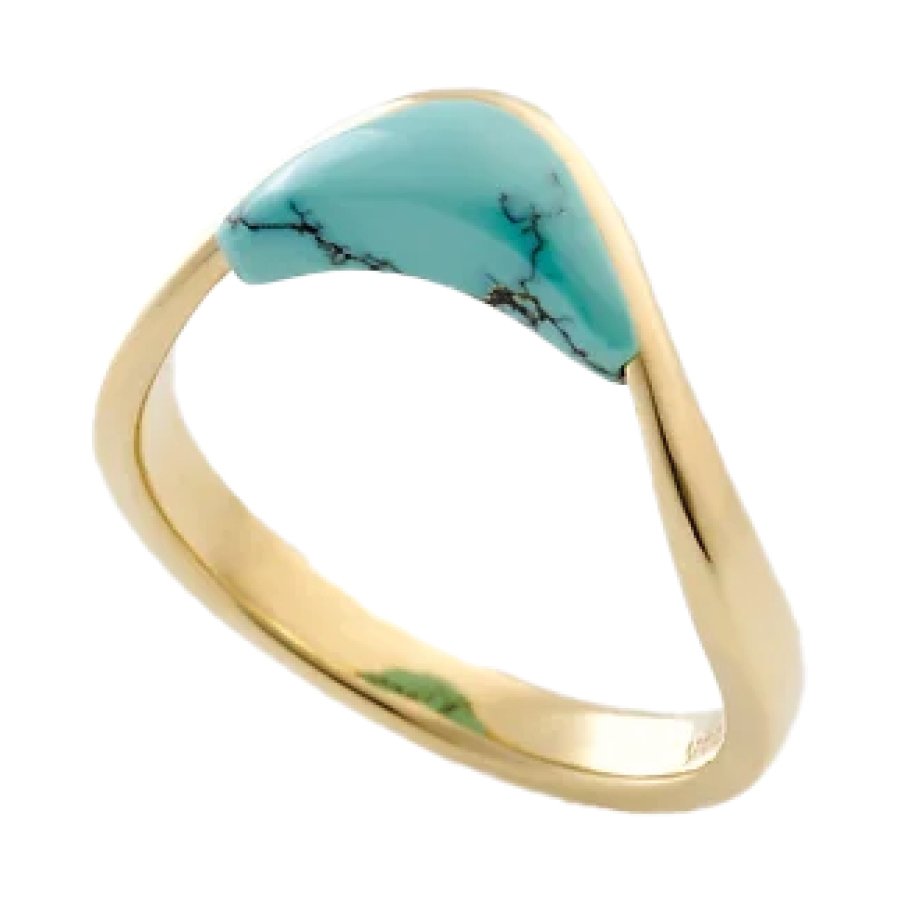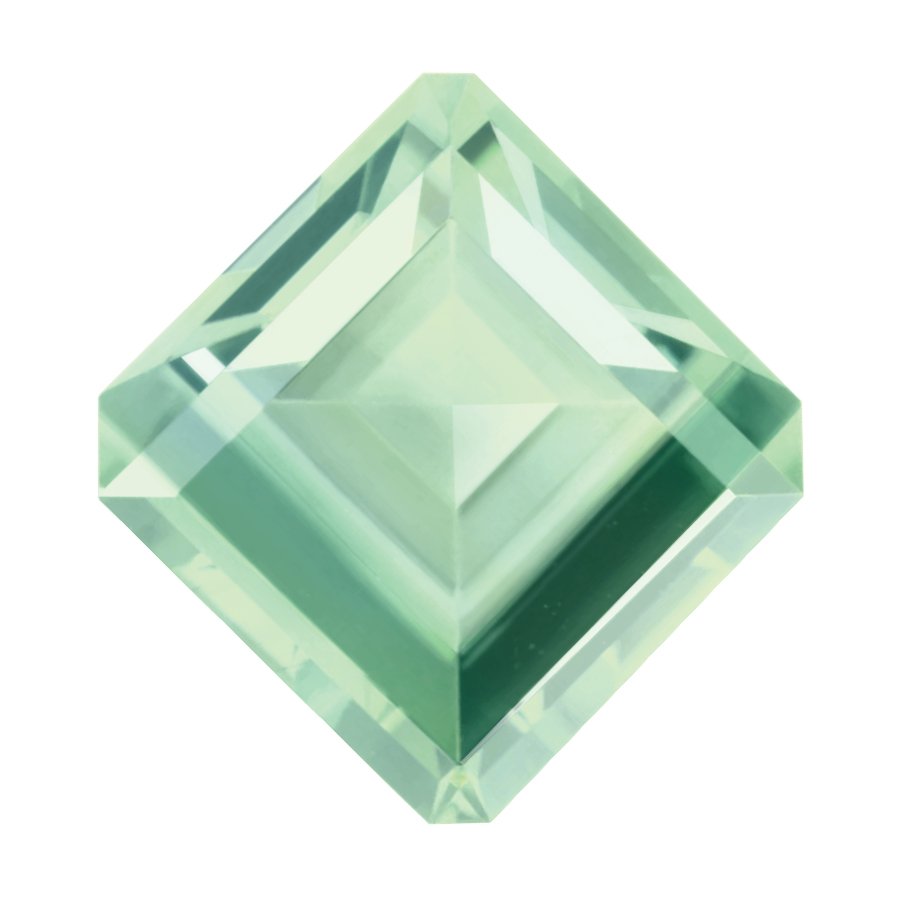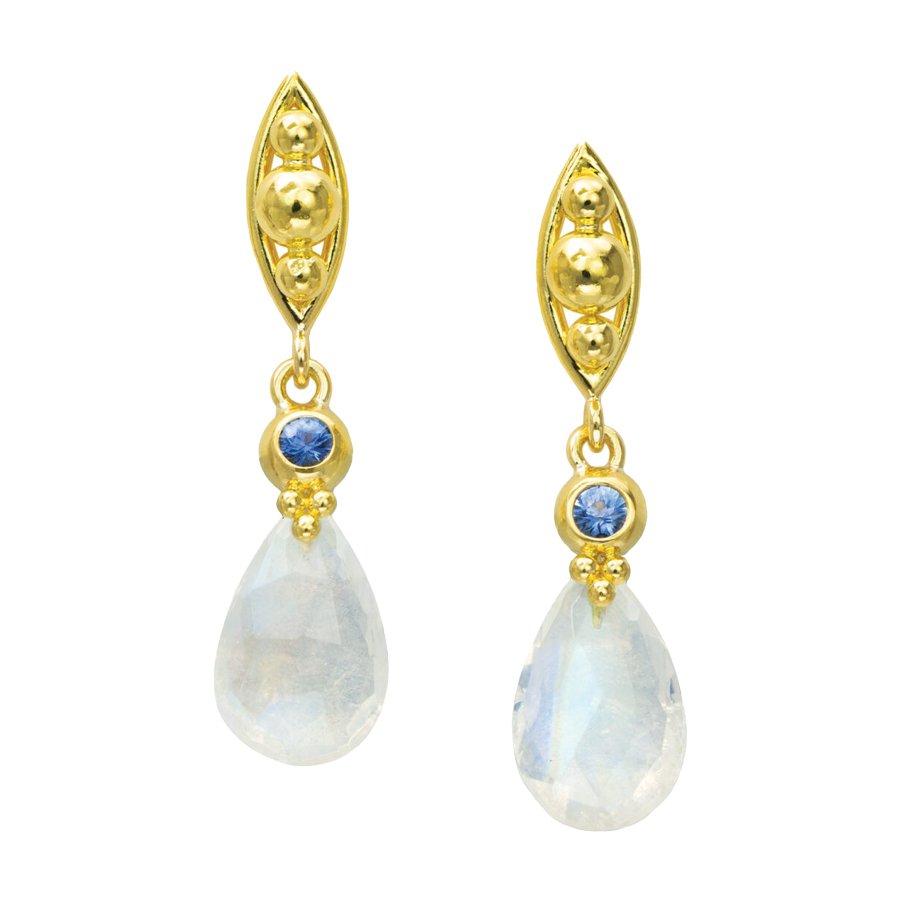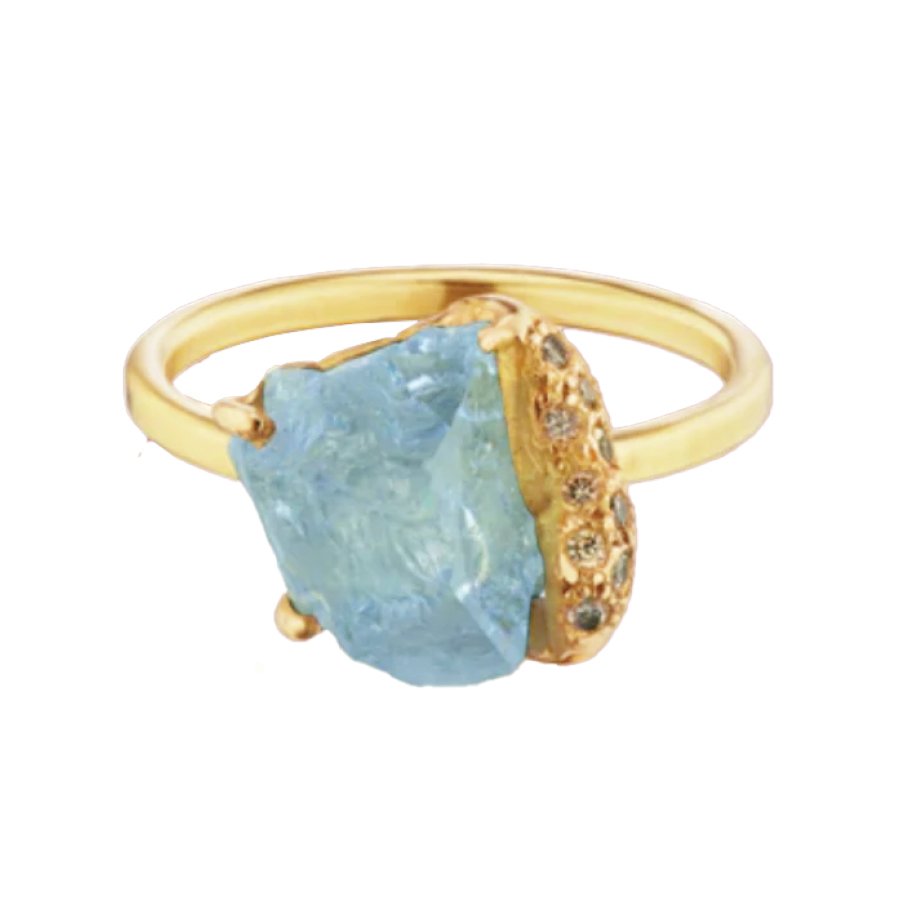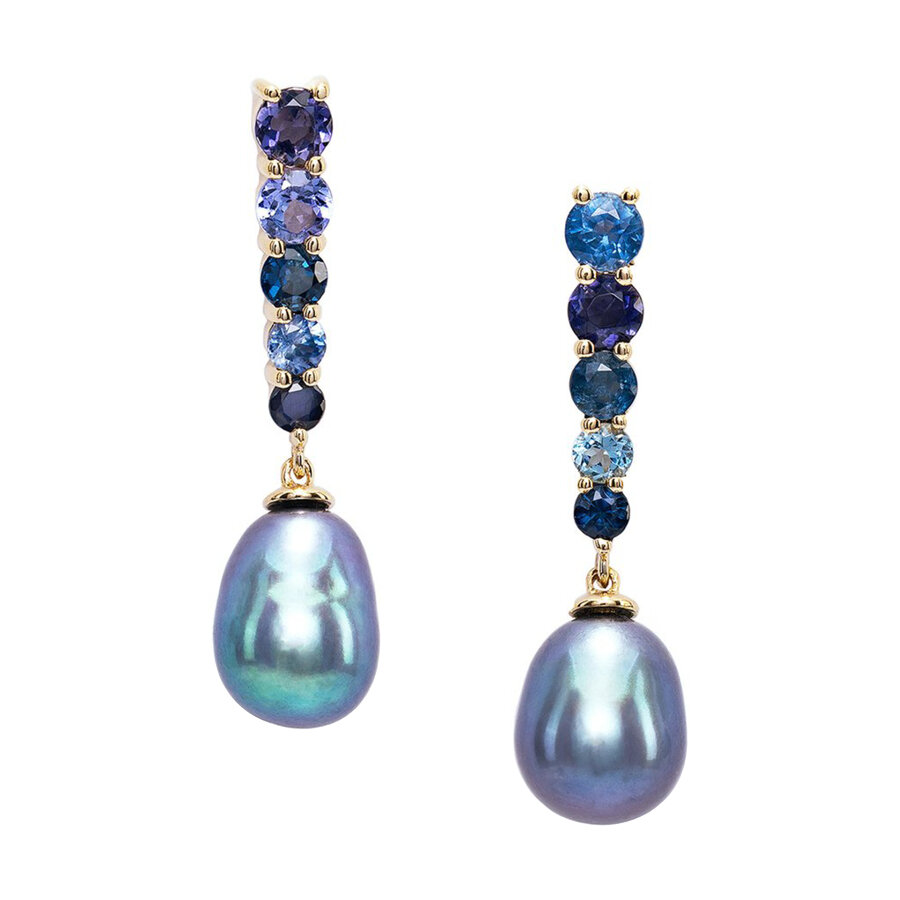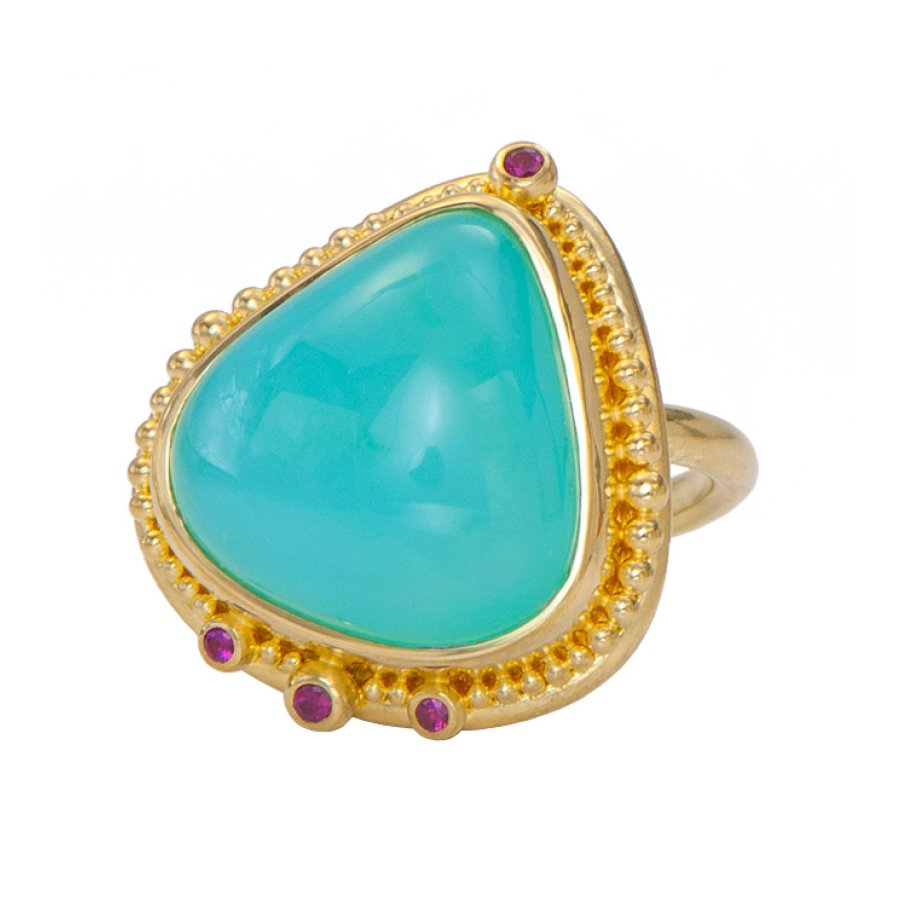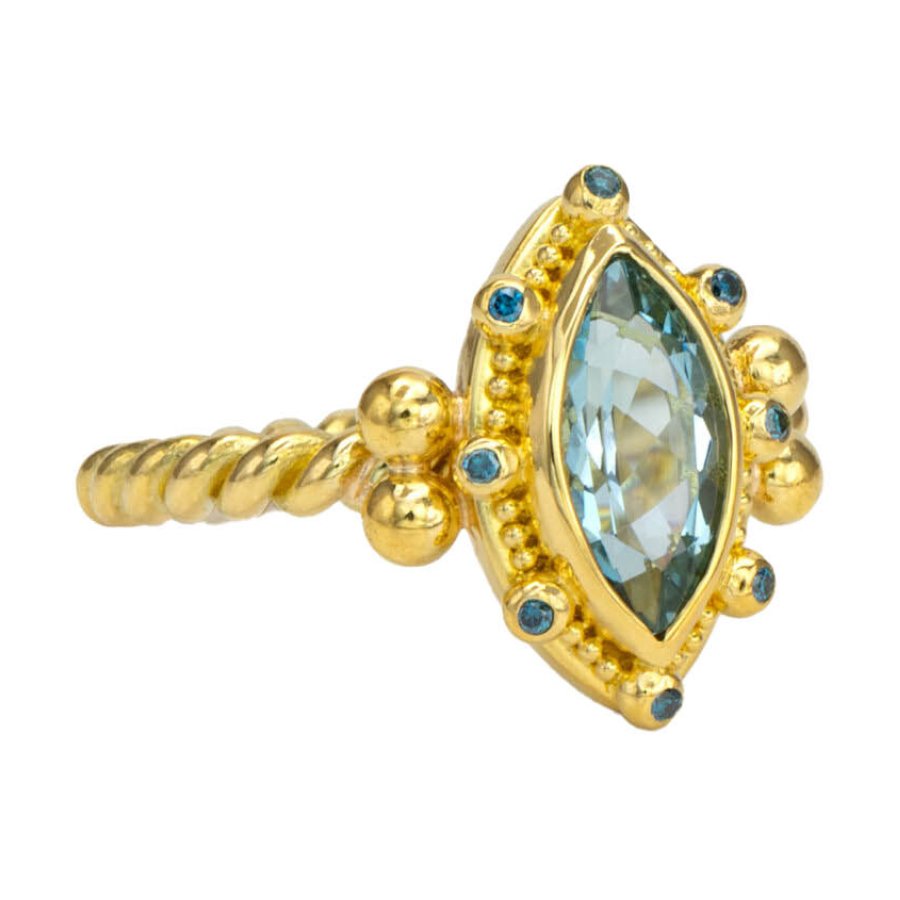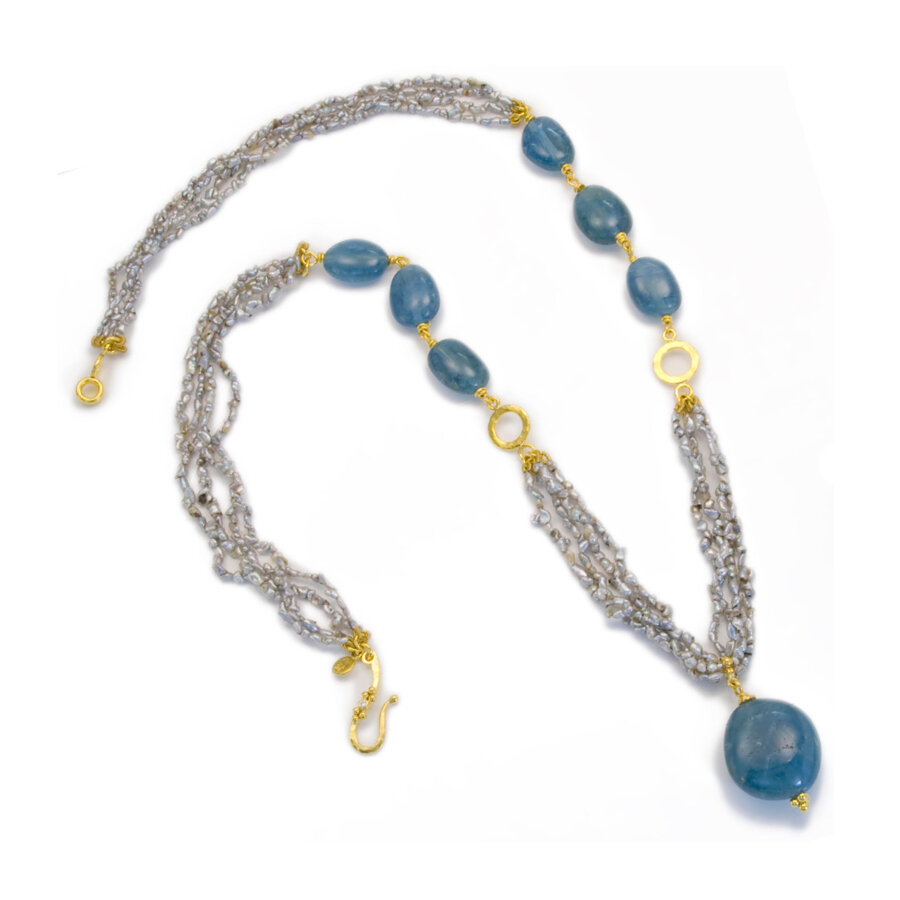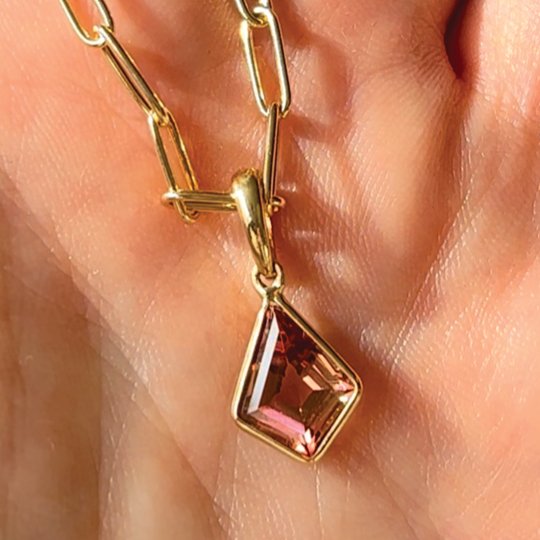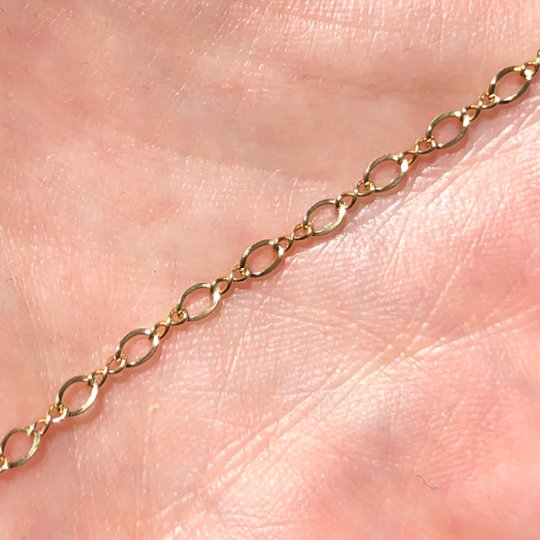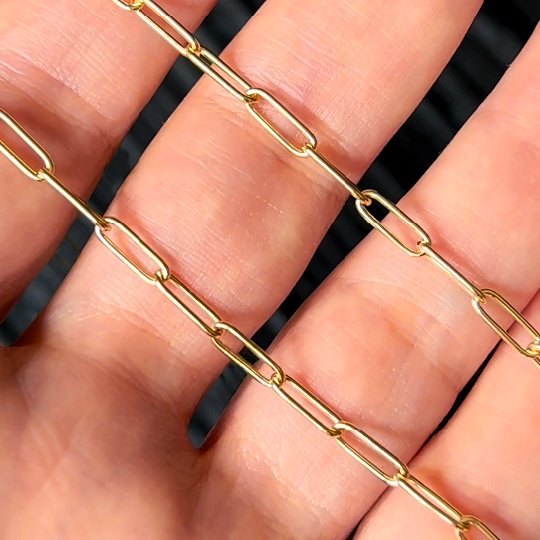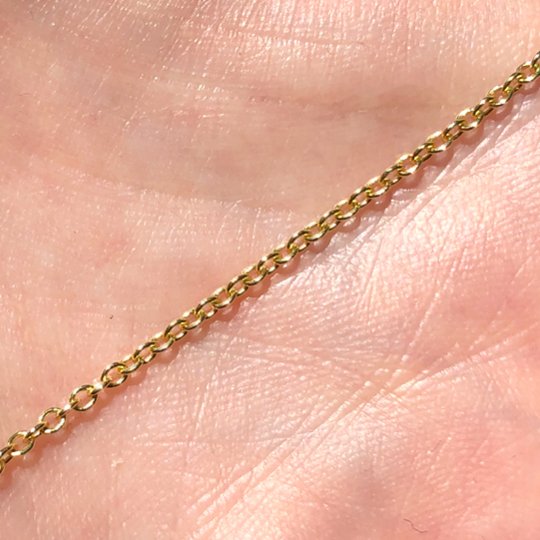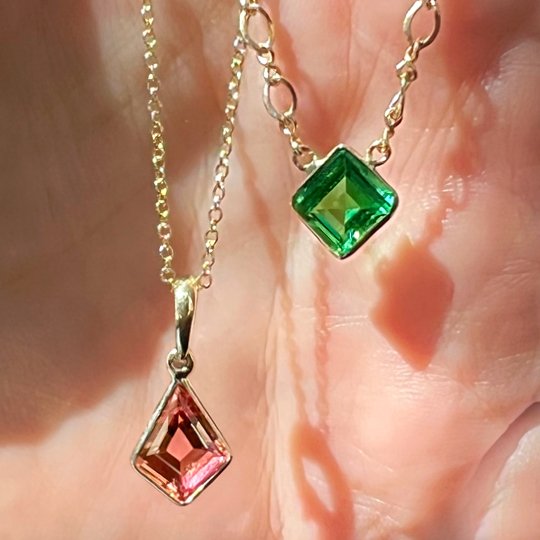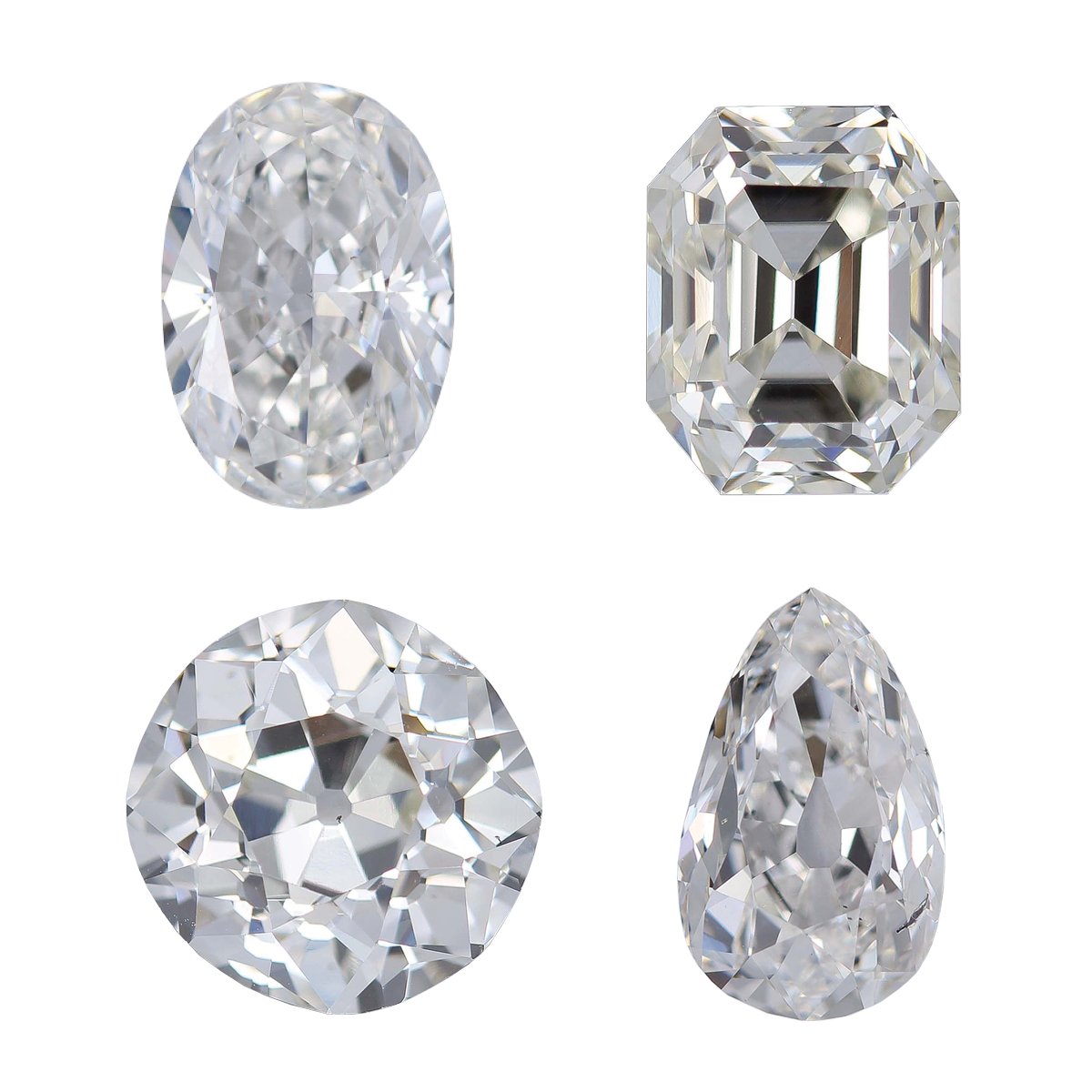Aqua-hued Gemstones: A Sparkling Tasting
MEET RESPONSIBLY SOURCED GEMS: AQUAMARINE, TOURMALINE, AND ZIRCON
When it comes to aqua gemstones, aquamarine comes to mind for its iconic aqua hue. Yet it is not the only captivating aqua colored stone to consider for your intentional jewelry collection! Tourmaline, sapphire, zircon, and topaz can also exhibit similarly lush hues!
As your personal jewelry concierge, this “Sparkling Tasting” of aqua-hued gemstones is meant to surprise and delight with gorgeous possibilities. We’ll also explore what responsible sourcing means.
SHOP AQUAMARINE + AQUA-HUED GEMSTONES:
INTENTIONAL FINE JEWELRY
During an intimate gathering among a group of women, three beautiful aqua-colored gemstones were passed around the table.
As each stone made its way around, guests learned about the unique, elemental qualities of each gem.
The fun part?
Guests were invited to guess “who is who” among the aqua-hues… and you can too!
Whether you are the CEO of your household, an industry changemaker, or the chairwoman of the board, I help you intentionally invest in fewer, better things that align with your values - ensuring you feel confident, seen, and powerful.
Discover jewelry that amplifies your style and aligns with you budget
Whether for you or a jewelry gift, the perfect piece awaits.
HERE ARE THINGS TO KNOW ABOUT AQUAMARINE AND HER GORGEOUS DOPPELGANGERS
Aquamarine can exhibit a range of blue hues and is a “cousin” of emerald - both are varieties of the beryl family.
The most plentiful specimens have a pale blue or slightly greenish-blue, but the most valuable are those with an intense, deeply saturated blue or greenish-blue. Santa Maria aquamarine from Minas Gerais, Brazil is the most prized for its pure, deep color.
Zircon is an incredible natural gem that is less widely known - and celebrated by those who do!
Unfortunately, it has a similar name as the lab-created diamond imitation cubic zirconia and they could not be more different!
What collectors love about zircon is a luster and fire comparable to diamonds and another distinctive quality: birefringence, a fuzzy or double vision effect. Zircon’s hues can be colorless, yellow-golden, red, brown, green, and (most valuable) blue!
Tourmaline can also dazzle with a vast array of hues in every color of the rainbow! In the realm of blue-hued tourmaline, this can be an electric blue of Paraiba to seafoam leaning towards green, to saturated teal hues of indicolite.
Also noteworthy…
Sapphire can also exhibit aqua hues. It is often known as a royal blue gemstone, but it can be any color except red, which would make it a ruby!
Montana sapphires can have a range of blue hues as can sapphires from Madagascar, Nigeria, and Sri Lanka. Depending on the minerals present during their creation, they can be light blue to seafoam green to dark teal. They can also be bi-color or color change!
Topaz as it comes out of the earth is often colorless. Most blue topaz in the market has been heat-treated to attain that iconic aqua blue. It can also be other colors from golden yellow-orange to brown to the saturated oranges, pinks, reds, and purples, known as “Imperial topaz”. The deeper the hues, the more valuable and desirable.
Let’s take a look at three breathtaking traceable gemstones: aquamarine, zircon, and tourmaline (not in that order).
GUESS WHO IS WHO OF THE AQUA HUES?
GEMSTONE A
Madagascar
1.10 carats
GEMSTONE B
Namibia
2.81 carats
GEMSTONE C
Cambodia
3.18 carats
THE MOHS SCALE:
SAPPHIRE, AQUAMARINE, TOURMALINE, AND ZIRCON
The Mohs Scale of Hardness is an important guide to determining ideal gemstones for certain kinds of jewelry, such as rings you wear every day or bracelets that may be regularly exposed to accidental contact with hard surfaces. Think of it as a qualitative scale that measures how resistant a mineral is to scratching.
Quartz, a 7 on the Mohs Scale, is a great baseline. Generally speaking, gemstones that are harder than quartz are great options as everyday rings.
Diamond is the hardest at 10, which is why it is ideal as an engagement ring.
Sapphire is a 9, making it a colorful, enduring candidate as an engagement ring.
Aquamarine is on the hard side at 7.5 - 8, meaning it is a beautiful option as an everyday ring.
Tourmaline at 7 - 7.5 is also a wonderful choice as an everyday ring - ideally with a setting that is designed to protect it from accidental bumps with hard surfaces.
Zircon at 6 - 7.5 is on the brittle side. It is less resistant to abrasion when coming in contact with other surfaces, so it is not ideal as an engagement ring. Other kinds of jewelry, such as cocktail rings, earrings, or pendants are excellent options for zircon!
THE AQUA-HUES REVEALED…
In the world of AQUAMARINE vs TOURMALINE vs ZIRCON, which is your favorite?
The most important distinction: Beyond what the market dictates, whatever color, cut, or size of stone that is uniquely beautiful to you is what matters most.
If you would like to make one of these gemstones yours for a bespoke piece or are seeking aqua-hued jewelry that honors your personal story, let’s connect!
Create an INTENTIONAL LAYERING NECKLACE
What to know about ETHICAL GEMSTONES and GOLD to ensure your jewelry is NOT FUNDING CONFLICT
WHAT DOES RESPONSIBLY SOURCED MEAN?
A sample report outlining details of a single Nomad’s gemstone, as well as the history of origin and traceability story.
This is an example of a proprietary provenance report that demonstrates Nomad’s commitment to transparency, trust, and traceability. Beyond the descriptive details about each gemstone, the report discloses the history of the origin and a specific gemstone’s journey to their cutting wheel. Nomad’s developed 4 levels of traceability - from Level 1, acquired through direct “mining partnership”, to Level 4 acquired through a dealer in an “open market” with the origin being determined by a gemstone laboratory.
In the same way that we know where our food is from and who made our clothes, why not jewelry?
Responsible sourcing goes beyond ethically or sustainably sourced. This encompasses conflict-free, traceability, protecting people, their skills, and the environment be it land or sea. This is an open, evolving conversation worth having, as we all seek to make choices that align with our values.
As much as possible, the designers in this community do their best to choose jewelry “ingredients” that honor this.
Gemstones can be responsibly sourced or post-consumer recycled (recovered from previously worn jewelry to be reset in a new design).
For precious metals, this can mean using recycled gold - or a step further is mercury-free Fairmined gold.
WHAT IS FAIRMINED GOLD?
As we make ethical choices with Fairtrade wine, food, and fashion, why not the gold in our jewelry? Let’s compare recycled gold versus Fairmined gold…
3 RIVETING JEWELRY Q&As
WHAT GEMSTONE IS A GOOD INVESTMENT?
The one that is uniquely beautiful to you!
Similar to collecting art or cars, invest in what you love while understanding what aligns with your reasonable expectations of a “return on investment”.
Watching high-profile jewelry sales at auction houses will offer an understanding of the market for particular gemstones at the collector level.
Rarity is one of the greatest factors that affect value. Being aware of gemstones that are no longer being mined (or soon to be no longer mined) could be one strategy such as Argyle colored diamonds or Tanzanite.
Spinel can be a beautiful investment because availability can be limited and unreliable. Demand definitely exceeds availability, especially for red and cobalt blue.
Rare garnets can also be alluring investments, such as mandarine (orange) and tsavorite (green). The rarest and most prized is the demantoid garnet for its exceptional fire and brilliance that rivals diamonds.
ARE GEMSTONES STILL BEING FORMED TODAY?
This is such a good question and a complex one to answer.
What I can say is the earth is ever-changing and different gemstone species require different environmental conditions to form.
A current geological study suggests the oldest gemstone material known is Greenland Ruby, forming 3 billion years ago.
GIA Graduate Gemologist® Adrianne Sanogo shared an enlightening article on the ages of diamonds.
The conclusion appears to be that gemstones are eternally being formed, although what is being formed today will not materialize for millions or billions of years.
WHAT IS THE BEST JEWELRY CLEANING SOLUTION?
You already have it at home!
The best cleaning solution is mild dish soap (not detergent) and water with a soft toothbrush or a soft cloth.
Personally, I do not recommend ultrasonic cleaners. They can crack opals, shatter pearls, or damage gemstones that are treated. While it may be safe to clean hard gemstones, such as diamond engagement rings, it can result in loosening prongs over time.
Keep in mind, different gemstones require different wear and care considerations. Among these are soft or brittle gemstones such as emerald, pearl, opal, turquoise, and Tanzanite.
Get the full scoop HERE!
THE BRILLIANT CONCIERGE: JEWELRY THAT WILL BE LOVED AND WORN
I find discerning jewelry gifts for you or someone you love that align with your values. In addition to sourcing gemstones, this personalizes service includes private shopping for:
rings and engagement rings
earrings
necklaces
bracelets
responsibly sourced gemstones
Discover how I helped a client find a birthday gift for his special someone and what it’s like working with this highly specialized service.


